I am trying to run a script written using opencv in python which uses webcam to track colored objects (here the object is blue colored), which is also mentioned in opencv's documentation here
import cv2
import numpy as np
cap = cv2.VideoCapture(0)
while(1):
# Take each frame
_, frame = cap.read()
# Convert BGR to HSV
hsv = cv2.cvtColor(frame, cv2.COLOR_BGR2HSV)
# define range of blue color in HSV
lower_blue = np.array([110,50,50])
upper_blue = np.array([130,255,255])
# Threshold the HSV image to get only blue colors
mask = cv2.inRange(hsv, lower_blue, upper_blue)
# Bitwise-AND mask and original image
res = cv2.bitwise_and(frame,frame, mask= mask)
cv2.imshow('frame',frame)
cv2.imshow('mask',mask)
cv2.imshow('res',res)
k = cv2.waitKey(5) & 0xFF
if k == 27:
break
cv2.destroyAllWindows()
But this code produces error :
OpenCV Error: Sizes of input arguments do not match (The lower bounary is neither an array of the same size and same type as src, nor a scalar) in inRange, file /build/buildd/opencv-2.4.2+dfsg/modules/core/src/arithm.cpp, line 2527
Traceback (most recent call last):
File "blue.py", line 19, in <module>
mask = cv2.inRange(hsv, lower_blue, upper_blue)
cv2.error: /build/buildd/opencv-2.4.2+dfsg/modules/core/src/arithm.cpp:2527: error: ( (-209) The lower bounary is neither an array of the same size and same type as src, nor a scalar in function inRange
I've tried solutions provided in related stackoverflow questions, but none of them helped. What is the problem with the code ? why this error arises ?
I'm using opencv 2.4.2 & python 2.7 on ubuntu
